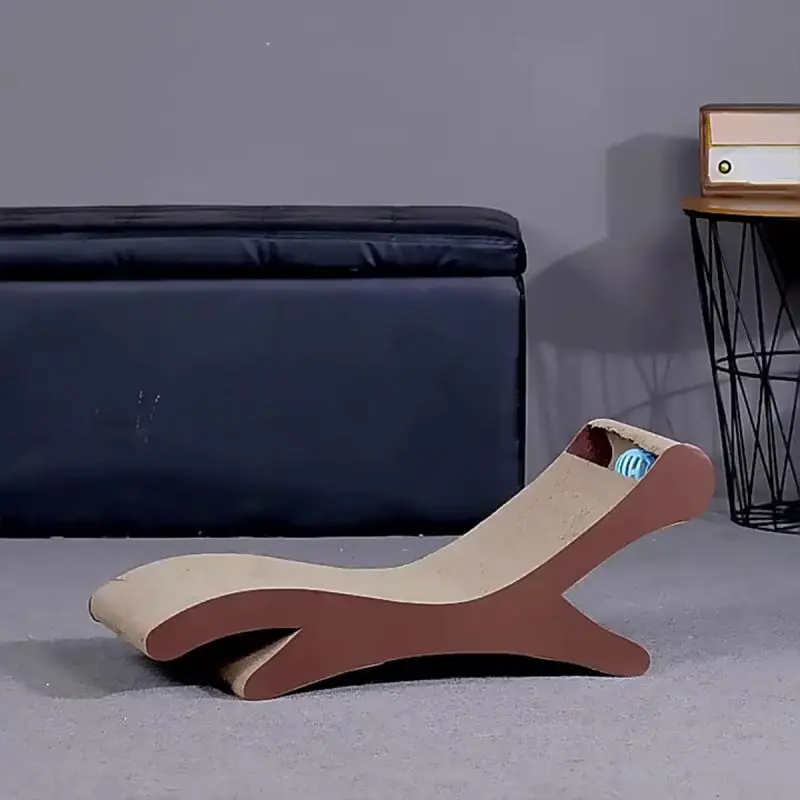No matter for humans or animals, it is a happy and magical thing for new life to come into this world. Just like us, cats deserve a safe and comfortable space to breed and raise their offspring. As responsible pet owners, it is vital to ensure our feline friends have the best possible conditions during this critical time. In this article, we discuss when to change your cat’s bedding after giving birth to promote the health of both mother and kitten.
The Importance of Hygienic Bedding:
Hygiene is of the utmost importance in a cat’s postpartum environment. Providing a new mother cat with clean and comfortable bedding is not only critical to her physical health, but to the health of her newborn as well. Dirty or soiled bedding can lead to infections and other health problems that can endanger the lives of mother cats and kittens.
Immediately after delivery:
During the postpartum period, approximately 24 to 48 hours after calving, it is best to leave the female cat undisturbed in the nest. This is a critical time for bonding between mother and kitten, and any unnecessary stress can hinder the bonding process. However, if the bedding becomes seriously soiled during this time, you can gently replace it while making sure to cause minimal damage.
Monitor bedding:
After the first 48 hours, you can start monitoring the condition of your bedding. Watch for any signs of dirt, odor, or dampness. Mother cats are naturally clean animals, and they prefer to keep their surroundings tidy. If you notice any of these signs, it’s time to change your bedding.
Change bedding:
When changing bedding, remember to handle newborn kittens with extra care, if necessary. Follow the steps below for a seamless process:
1. Prepare a second clean nest: Assemble a new nest nearby before removing soiled litter. This will allow you to quickly transfer the mother and kittens to a clean and comfortable environment.
2. Temporary separation: If the mother cat is stressed during the bedding change, consider temporarily separating her from her kittens. House her in a separate, safe place with food, water, and a litter box, and make sure she’s not distressed. This will prevent any accidental injury to the fragile kitten.
3. Remove soiled bedding: Gently remove soiled bedding, making sure not to disturb any kittens that may be snuggling in it. Dispose of soiled bedding properly.
4. Replace with new bedding: Cover the clean den with soft, washable bedding, such as a blanket or towel. Make sure the bedding is comfortable and provides enough warmth for the mother and her kittens.
5. Release: After changing the bedding, carefully return the mother and kittens to the nest. Give them time to readjust and continue their bonding process.
Regular maintenance:
Changing your bedding should be part of your routine postpartum maintenance plan. Aim to change the bedding every two to three days or as needed to keep the mother and kittens clean and hygienic.
Providing a clean and comfortable environment for a new mother and her kitten is critical to their health and well-being. By knowing when cats change their bedding postpartum, we can ensure a hygienic and nurturing space for this special time in their lives. Remember, a happy and healthy mother cat means happy and healthy kittens!
Post time: Jul-29-2023

